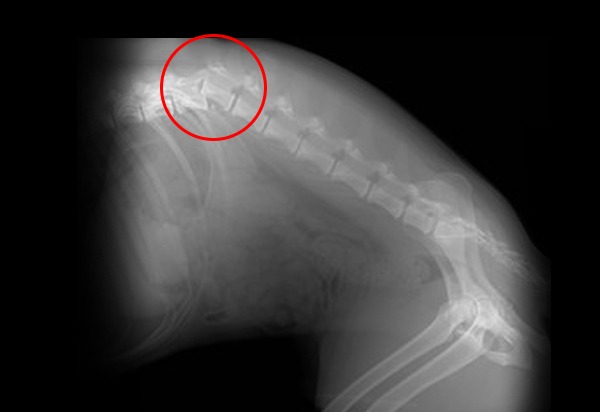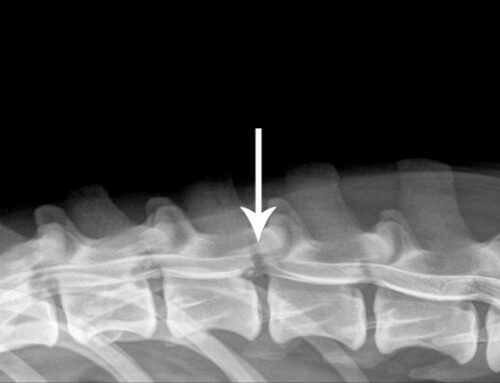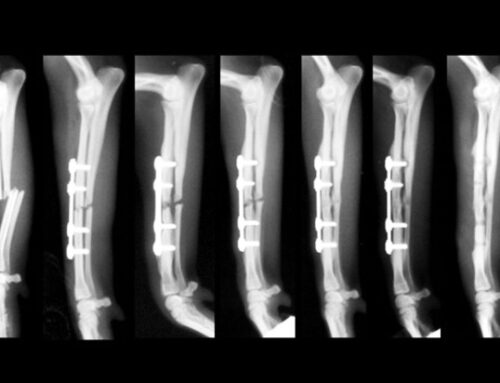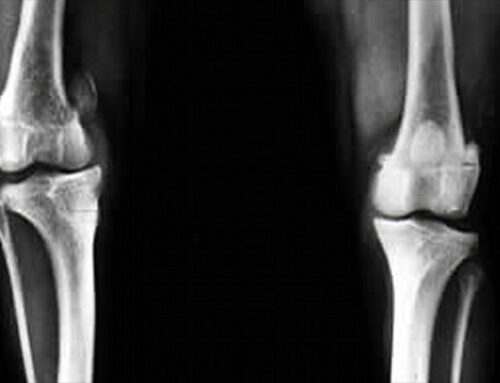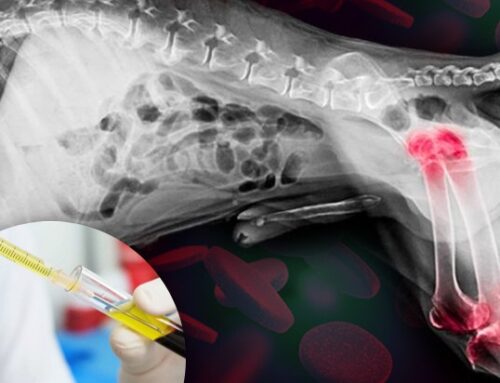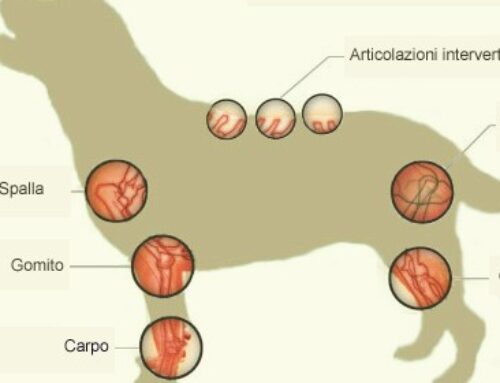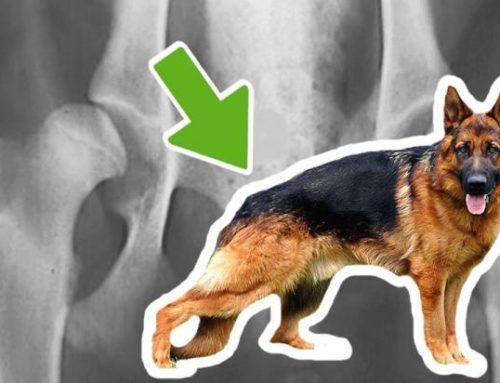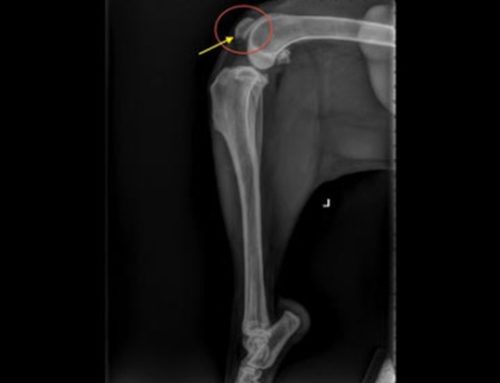Spinal trauma in dogs and cats occurs when the spine is injured or the vertebrae are dislocated.
The damage to the spine could also be irreversible.
What is a spinal trauma?
Spinal trauma can translate into a haematoma, a partial wound or a complete wound.
There is a scale of gravity of the wound based on:
– speed with which the compression is applied
– intensity of the compression
– duration of the compression
What are the consequences?
Based on its placement and strength, a spinal trauma means partial or complete loss of movement, responsiveness or functions of an organ.
A milder contusion of the spin may result in the loss of just some bodily functions under the affected area, while a full wound might cause the complete loss of every movement under such area.
Generally, the higher the damage, the more dangerous is the wound
For example, a wound at the same height of the chest will impede the proper functions of the respiratory system.
If it is located in the lumbar region, it will affect the stomach area.
Complete wounds in the neck may cause death or require full assistance for the rest of its life.
Clinic symptoms of spinal trauma
In all animals, the spinal trauma presents the very same 5 symptoms:
– Reduction or loss of intentional movement
– Alteration of spinal reflexes
– Changes in muscular tone
– Muscular atrophy
– Sensorial disfunction
Spinal trauma diagnosis
The first evaluation involves a complete exam: radiography and CT included of the whole spine, not just the one affected.
Prognosis
The prognosis for animals who suffer from spinal cord injuries is based on the speed of the diagnosis, the gravity of the wound and if the trauma affected other organs.
The most important factor at this moment is to verify the presence of an increased sense of discomfort and acute pain.
What are the treatments?
The main focus of the treatment is absolutely to ease the pain, first and foremost.
Other objectives are the resolution of the spine oedema, the control of the internal hemorrhage, the resolution of the spine compression, the removal of any bone fragments and the realignment of the spine itself.
The conservative treatment
Pets with minor neurological disorders can be handled with by using some painkillers and a forced rest for at least 4 to 6 weeks.
Surgical treatment
Most of the patients who suffer from a spinal trauma need a special surgical intervention in order to align the spinal cord and stabilize it through the use of nails, cement or screws, following the directions of the doctor.
Surgery is the most effective solution to regain control of the spine, and a steadfast decision will affect the outcome for the better.
Post-surgery
Recovery time may vary from a couple of weeks to months and can increase both speed and chances of recovery.
Extreme care and maximum speed of intervention
Animals with injured spines must be treated with extreme caution in order to avoid further damage to the structure.
Most of all, they must be checked out by a doctor with extreme urgency due the potential damages of such a serious wound and the high risk that other organs may be involved.
